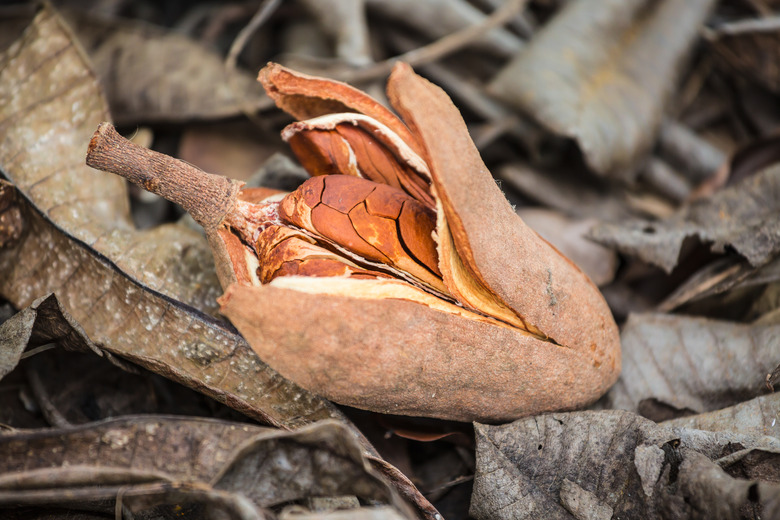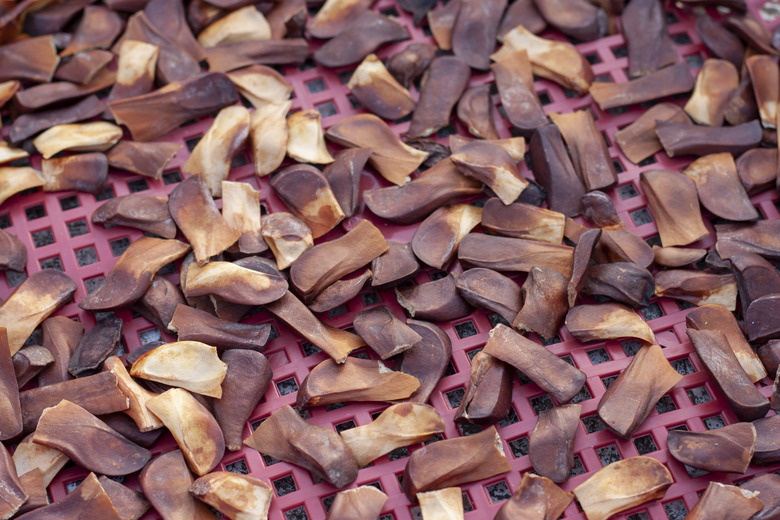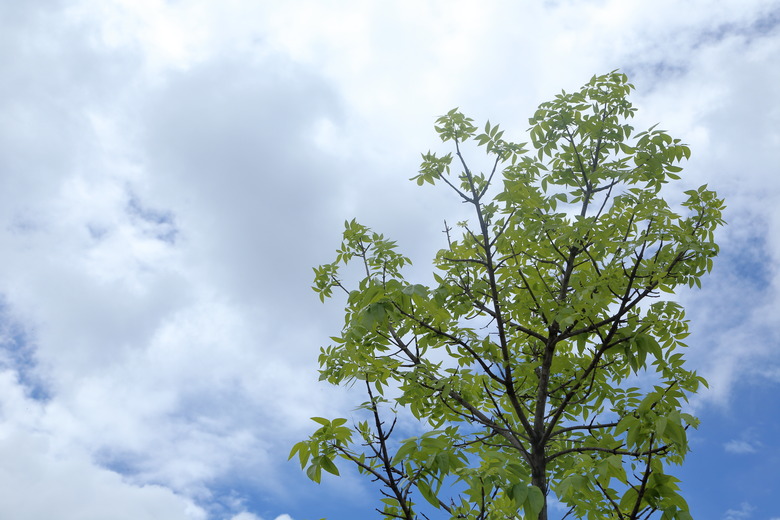How To Grow A Florida Mahogany Tree From Seed
Sometimes called the West Indian mahogany or Cuban mahogany, the Florida mahogany tree (Swietenia mahagoni) rarely appears in nurseries, so gardeners hoping to grow one of these semi-deciduous shade trees may have to grow it themselves. Fortunately, Florida mahogany trees grow very easily from seeds, which require no pretreatment to germinate.
In just a few months, you will have a transplantable seedling that will beautify gardens and landscaping in frost-free climates within USDA plant hardiness zones 10 to 11. Be warned, however, that these trees are fast growers, at a rate of roughly 3 or 4 feet per year.
Warning
This Florida native tree is an endangered species, so do not gather seeds from wild trees without the appropriate permission.
Gathering Seeds From a Florida Mahogany Tree
Florida mahogany trees bloom in spring, producing masses of inconspicuous flowers. The pollinated flowers later develop into woody fruit or seed pods that are 2 to 4 inches long, which reach full ripeness in autumn and winter. In late winter, the pods begin to crack open to reveal the winged seeds inside.
- Place a mesh or paper bag over the pod in winter and secure it to the stem with a twist tie or a piece of string.
- Leave the bag in place until late winter or early spring, when the seeds will drop out of the open pod and into the bag.
- Pick through the seeds and discard any with signs of damage.
Starting Florida Mahogany Seeds
Florida mahogany seeds need very little coaxing to successfully germinate—simply pot them up and seedlings will emerge in two to four weeks.
- Fill a 1-gallon nursery pot with moist, sandy potting soil.
- Break off the papery wing from the Florida mahogany seed and sow the seed so that it is mostly covered with soil.
- Set the nursery pot indoors near a lightly shaded window with bright, diffuse light.
- Keep the soil barely moist, avoiding over-wet soil.
Florida mahogany seedlings quickly produce foliage after germination, then the seedlings rest for a month or more before making more leaves. Transplant the seedlings into the garden after the second set of leaves matures.
Tip
Set the pot on a propagation mat if temperatures fall below 68°F.
Growing Florida Mahogany Tree Seedlings
If planted correctly, Florida mahogany trees need very little hands-on care or attention. Choosing the right growing site and providing the right care after planting will help get your Florida mahogany seedling off to the right start.
Choosing a Planting Site
**Sunlight:** Young Florida mahogany trees grow best under dappled shade, while mature trees will grow well in full sun as long as the soil is moist. A large opening between other, similarly sized trees is an ideal planting site.
**Soil:** Established Florida mahogany trees are drought-tolerant, but the young trees need regular moisture. Soil that is too wet can cause fungal issues in young trees. So choose a location in your backyard with good drainage.
**Space:** Florida mahogany trees are fast-growing, large trees that may not work well in smaller backyards. Also, they do not make good street trees due to their large roots. Choose a planting location away from structures and overhead lines.
Planting Florida Mahogany Tree Seedlings
Florida mahogany planting and aftercare is straightforward. Set the seedling in a sheltered location outdoors for a few days before moving it to its permanent planting site.
- Dig a planting hole that is twice the width and the same depth as the original nursery pot.
- Remove the seedling from its pot and nestle the roots in the hole.
- Fill in around the roots with soil, gently tamping it down as you fill.
Florida mahogany trees need regular watering early-on to encourage the growth of a deep, extensive root system. Provide an inch of water each week during their first summer in the garden. After the first year, water only during periods of extended drought or extreme heat.
A 2-inch-thick layer of mulch spread in a 3-foot-diameter circle around the seedling will help conserve soil moisture—just make sure that the mulch **doesn't rest against the base of the seedling,** because it can cause rot.



